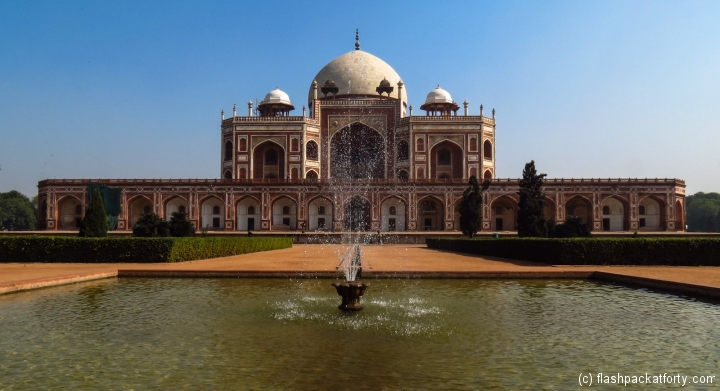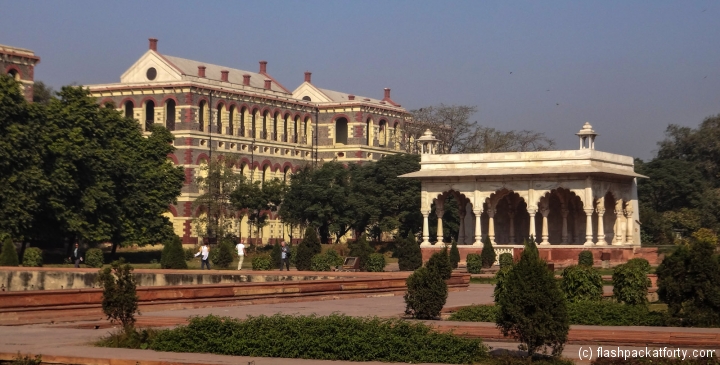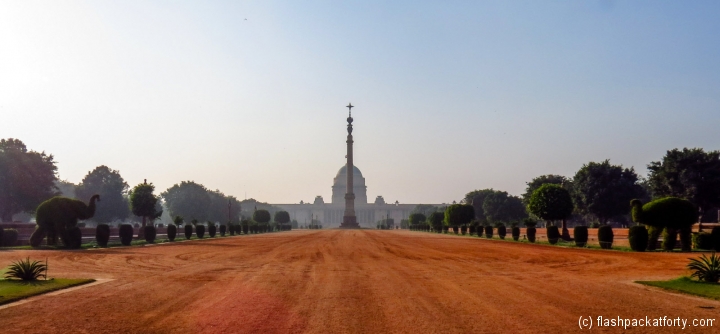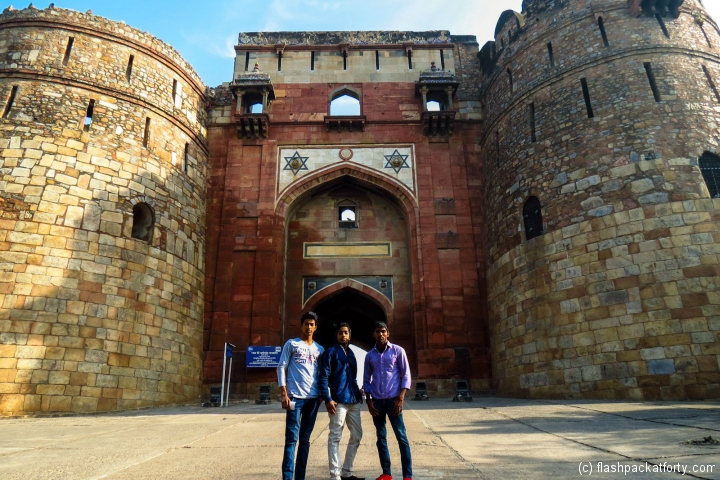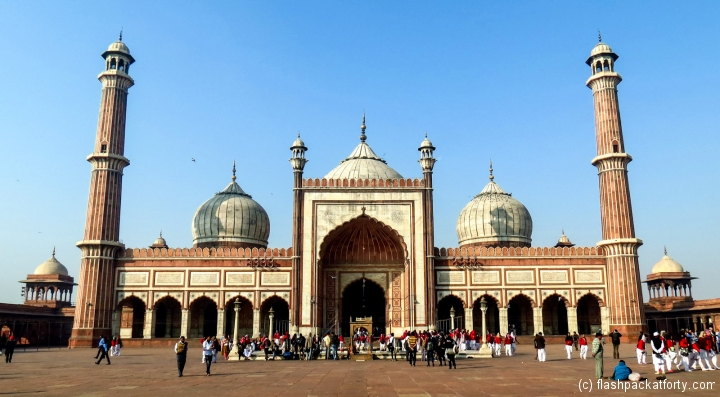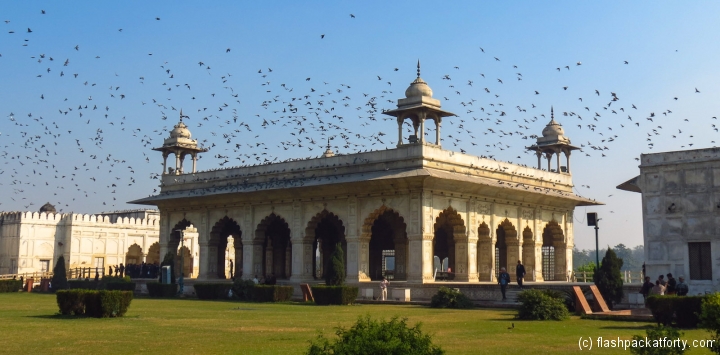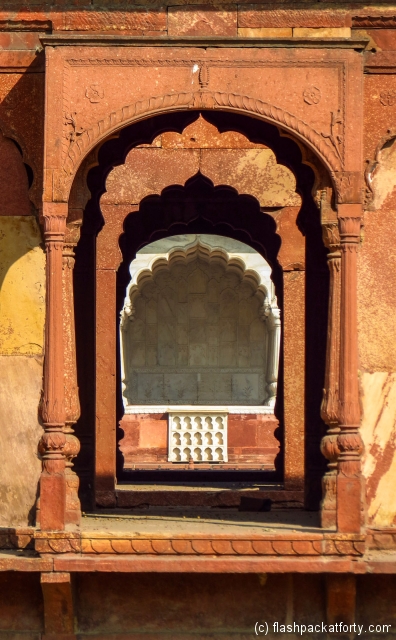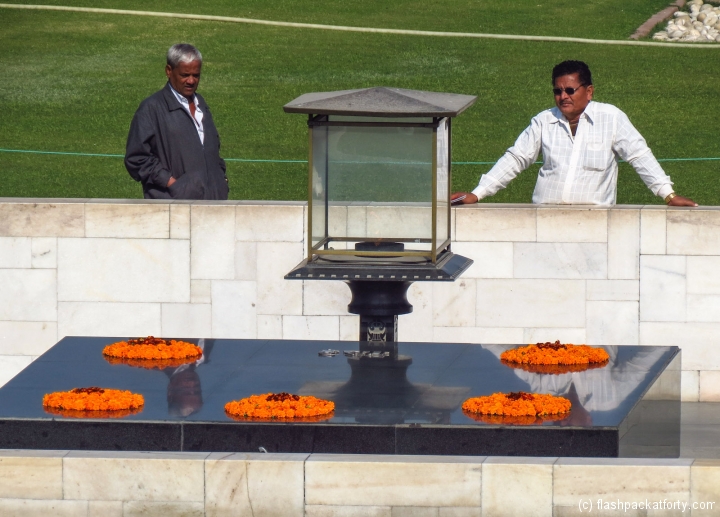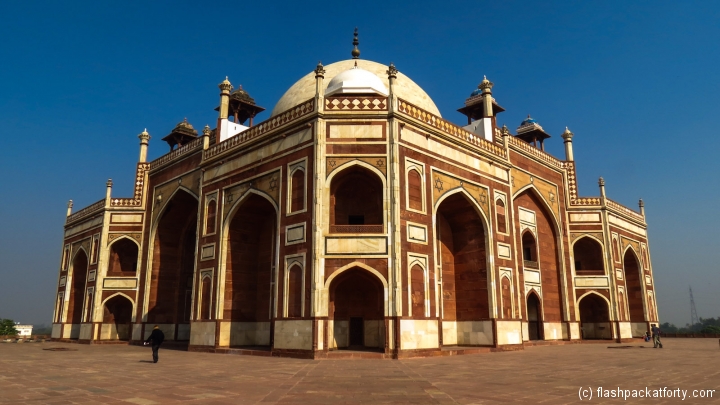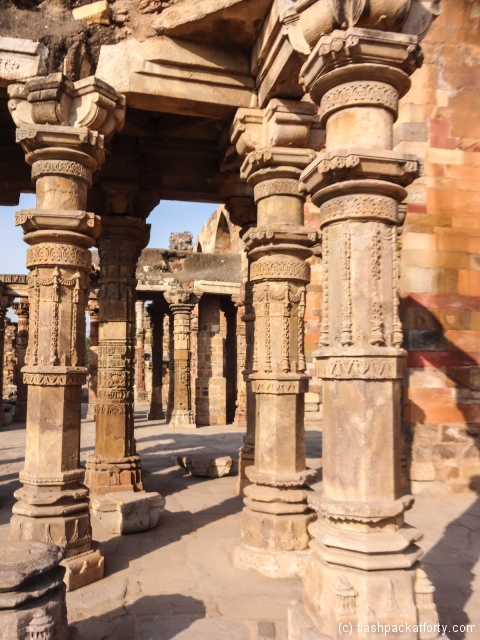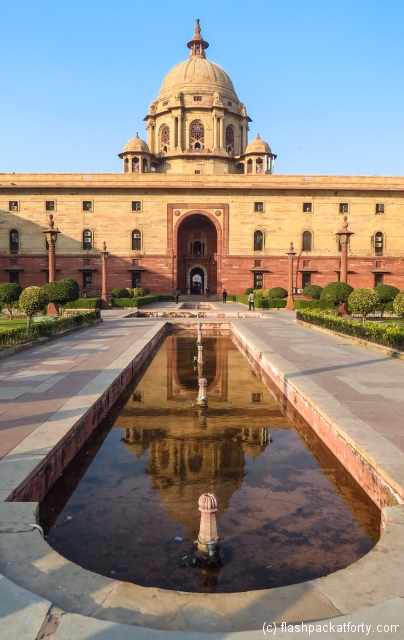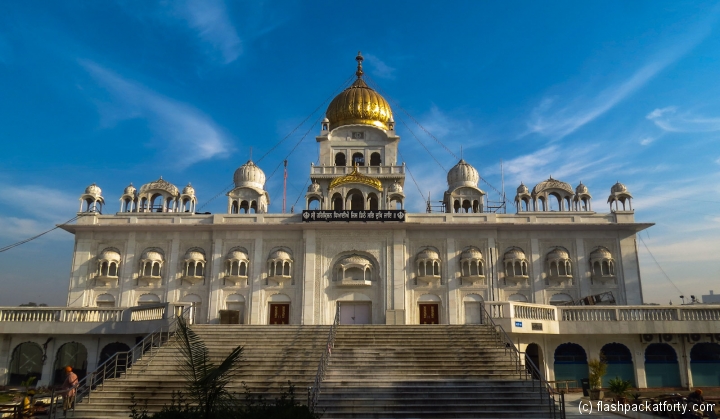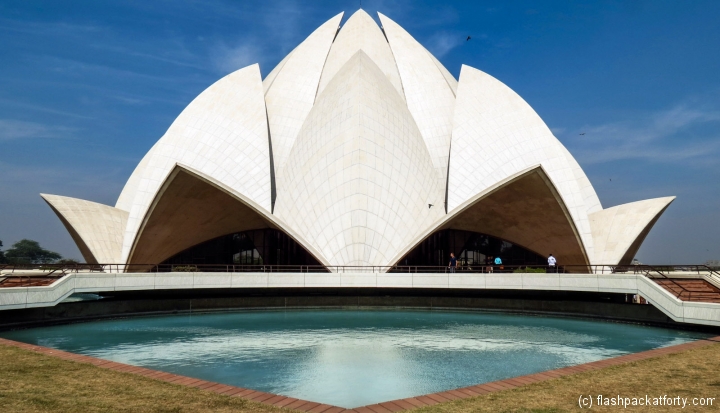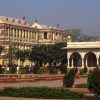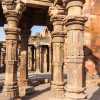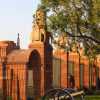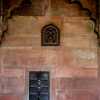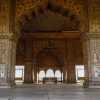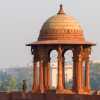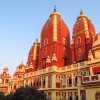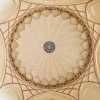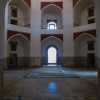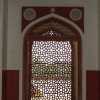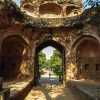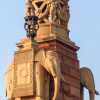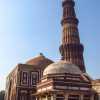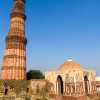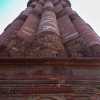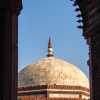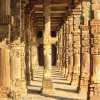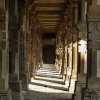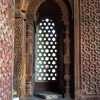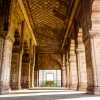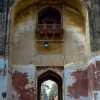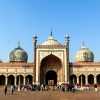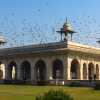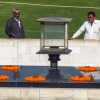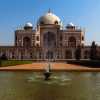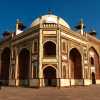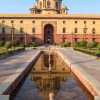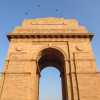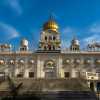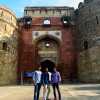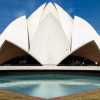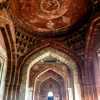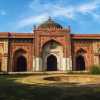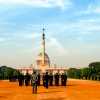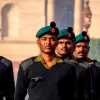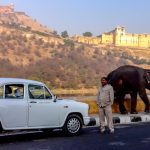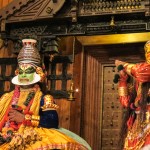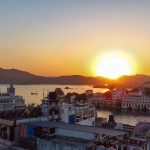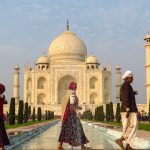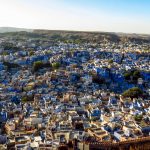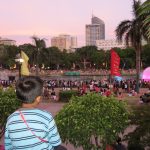Sightseeing Around New Delhi
Sightseeing around New Delhi
New Delhi has been our first big city in India (we had visited Chennai, but this was more of a stopover) and it has been a real surprise. The first is that with the exception of key junctions and parts in the very centre of town, the traffic runs quite smoothly, especially on the dual carriageways and ring roads around the city. New Delhi buzzes with life, most of which can be viewed from the roadside, with stalls selling food and drinks, or just about anything else you could wish for. It is dirtier than the smaller southern India cities we travelled through, especially around the Old Delhi area, but then it is also much busier. So again a city that surprises us and dispels some of our pre conceived views of it.
This has seen our first real consistent scam experiences in India. With the exception of the driver on our arrival (we used a pre-paid taxi booth at the airport) every auto rickshaw driver has wanted to take us to a special place for booking tours or train tickets. They seem to want to take you anywhere other than where you actually want to go. The touts at the train station are appalling, telling you bare faced lies to get you to their private ticket offices. It’s wearing and the first time we have been on permanent watch since we left Vietnam, which still holds the crown of scamming capital of the world.
That’s easily forgotten though as we have also been mesmerised by the architecture; both that built hundreds of years ago or the much younger colonial buildings. They really are incredible and have been restored and maintained to a really high standard. By Indian norms the entrance fees are quite high at 250 Rupees each to see the Red Fort, Qutub and Humayuns tomb. The Old fort is cheaper at only 100. That said they are worth every penny and should not be missed for the sake of a few dollars.
Sightseeing around New Delhi – Getting Around
There are many ways of seeing the Delhi’s main tourist attractions. Here is a quick run down of how to see them based on your budget and travelling preferences.
Delhi Tourism offers a sighseeing tour which can be booked for 300 Rupees each for a one day trip. You will hit all the main sights and will be able to pack it all in a single day. The downside is you have to stick to their itinerary and may find yourselves rushed at some of the larger places of interest.
You can use the Delhi Metro and do it yourself. This will be more time consuming navigating your way around the city and while most sights are within a short walk of stations , others require a quick hop in a rickshaw once you exit the metro. If time isn’t a problem for you this is a cheap way of getting to see the many treasures the city has.
There are Hop on Hop off Buses that ply the main routes, they seemed infrequent with 45 minute intervals and there are two routes red and green around different areas of the metropolis. It is 500 Rp. for a two day pass. We decided this didn’t offer could value in price or time.
Finally the option we went for a private car tour at about 800 – 1200 Rp. for an eight hour day. We combined this with our driver ‘interviews’ for our Rajasthan trip. This is a more expensive way of seeing the sights, but if your driver plans a sensible route you can avoid spending too much time in traffic snarls. You have the freedom to spend how long you wish at the various places and the driver is ready to get to the next place as soon as you exit.
Sightseeing around New Delhi – Top Picks
We started our day at the Jama Masjid mosque. There is no entrance fee here, but you will be charged a compulsory 300 Rp. camera fee on the way in as you slip off your shoes. The place is impressive. It was our first stop of the day and the winter morning mist was still in the air giving the place an eerie feel. The place was busy with tourists and school visitors which set a wonderful atmosphere for enjoying the Mosque which has stood here since 1658 and is the largest in India.
Then on to the Red Fort which will take you a good hour or two to wander around , especially if you enjoy a bit of Persian 17th century architecture. We entered through the Lahore gate and you get to wander down the shops in the arcade selling jewellery, souvenirs and silks, in much the same way they did centuries ago. Though I bet the prices are higher now, especially for the tourists.
The inside of the main wall are filled with the beautiful marble buildings (Diwan I Am and Diwan i Khas) where the emperor would hold meetings and the Moti Majid, the forts mosque where he would pray. The Royal baths (hammams) remain with their domes atop the roofs and further afield you will find large (sadly) now empty pools and water channels which formed the water and bathing system of the complex of buildings.
After the opulence of the mosque and fort we headed to Raj Ghat which is an unassuming memorial centred around a black marble platform which marks the spot where Mahatma Gandhi was cremated following his assassination in 1948. While the memorial may be unassuming, the history and presence of Gandhi remains here as hundreds of Indians and tourists alike file past the stone to pay their respects. The park here also marks the cremation locations of many other in the Gandhi family as well as the first Indian Prime Minister Jawaharlal Nehru.
We headed back to the city to Humayuns Tomb which is an impressive example of early Mughal architecture. Built in the 1500’s the central building is approached via pathways with a central water canal which offer some impressive views of the arched entrances. You climb a short set of steep steps to the main building internal rooms where the tombs reside.
Our final visit of the day to the old Delhi structures was to the Qutub (sometimes spelled Qutb) Minar complex. The centrepiece of this visit is a 74 metre high minar . The tower construction began in 1193, but it took centuries to reach its current height as successors added to its height and design.
Next to the Minar is India’s first mosque built over a demolished Hindu temple this in turn is surrounded by impressive cloistered courts which were added to the complex in the 13th century. Most fascinating is the iron pillar which stands next to the minar. While it is nothing too impressive to look at, it has stood here for over 2000 years without rusting away and scientists are still baffled how the iron was made given the technologies of the time.
To round our day off we went on a whirlwind tour around the Rashtrapati Bhavan (Presidents House) and the Secretariat Buildings that house government departments. To get here you have the pleasure of driving up and down the impressive Rajpath (or Kingsway) mall which has India Gate at one end and the President and Government buildings at the other.
The buildings, constructed in the 20’s were the brainchild of Edwin Lutyens hired by the Raj to create the Viceroy’s residence and Raj official buildings when the Brits shifted the capital from Kolkata to Delhi.
The Old Fort (Purana Qila)often overlooked on a Delhi visit is worth a detour, while not as impressive architecturally its red sister, the buildings and grounds offer a peaceful respite from the hub hub of the city. The small but informative archaeological museum here will take you through the history of old Delhi being unearthed. It’s also right next to Delhi Zoo if you fancy a trip to see the animals.
Our final two sights are religious in nature, the Gurdwara Bangla Sahib Sikh temple is an impressive piece of religious architecture that is topped with a gleaming gold dome. The final stop was at the Bahai house of worship. Architecturally is a cross between the modern Catholic Cathedral in Liverpool (locally referred to as Paddy’s wigwam) and the Sydney Opera House, with a lotus leaf design surrounded by turquoise pools. The Bahai religion is based upon universal peace and elimination of prejudice, their devotees staff the place and help orient you round, offering leaflets explaining the faith should you be interested in knowing more. Although John and I are a lost cause.
Seeing these sights at a leisurely pace with a driver and car took us one and half days, if you are doing this by metro or with the hop on buses I think you may need to add at least a day to cover this itinerary to allow for slower public transport.
No Delhi Belly and No Commission
We have really enjoyed our sightseeing around New Delhi, despite the touts who are a little more persistent than the average. However, nobody has unwittingly parted us from our hard earned cash and there are still many genuine people around who are willing to help and chat without the thought of cash or commission entering their brain. Food here is plentiful, good and cheap, were still on a vegetarian regime and mainly eating in excellent ‘pure veg’ places and have thus far have avoided any form of illness (with the exception of my chest infection from China which is now well over 6 weeks old). There are plenty of places to grab a beer but we tend to visit the local wine shops, as they’re very cheap and full of characters, you sometimes pay 50 cents extra to sit in there if you want air-con. Also all bottles have maximum resale price inclusive of taxes printed on them, so you don’t get ripped off.

